Table of Contents
Garlic scraps are fine to compost as they provide calcium, nitrogen, potassium, and phosphorus. Inclusion of garlic should be in moderation, however. Large quantities of certain garlic compounds can harm beneficial microbes in your compost and garden soil, and while the natural smell of garlic can drive away pests such as rodents and raccoons, garlic cooked with dairy, meat, or oil can attract these uninvited critters.

Most compost systems are suitable for processing garlic into compost. Worm bins are less ideal because worms are sensitive to organic matter with strong smells.
Aside from composting, you can make an organic pesticide out of garlic scraps.
How to Compost Garlic
General composting guidelines are applicable to garlic wastes. They degrade over time just like other organic wastes. Either fresh or old garlic can be added to your compost, regardless of the plant part. You can incorporate garlic cloves, peels, skins, and scalps into your compost bin or pile without worry.
You can also compost plain, steamed garlic, but be cautious when composting garlic cooked with dairy, meat, preservatives, oil, or other foods. These could negatively affect your composting process, make the pile smell, and slow down decomposition.
Such issues are more likely to occur in mismanaged traditional home compost.
Preparing Garlic for Composting
Gather your garlic scraps and inspect for any nonbiodegradable stickers or tags. Chemicals from these labels can leak into your compost, and potentially harm beneficial microorganisms. In addition, most of these labels contain vinyl and a layer of plastic that won’t decompose even in well-managed compost piles.
When introducing garlic scraps to your compost, chop them first. Doing this step will help accelerate their decomposition. Be aware — adding whole bulbs can lead to unintended garlic sprout in compost. For good compost quality, always chop or cut your garlic waste into smaller pieces.
Most composting systems efficiently transform garlic peels into healthy compost. Thanks to their thin, paper-like texture, the peels decompose faster than other parts of the garlic. These peels, which cover the entire exterior of the garlic bulb, rarely release any garlicky odors.
On the other hand, the garlic skins that shield the cloves are slightly more fibrous than the peels and release a stronger garlic smell. Remember to cut them before adding to your compost.
During their decomposition, garlic cloves emit sulfur gas that can harm composting agents, such as worms. For this reason, some composters or gardeners opt not to add garlic to their bin or pile. Rather, whole cloves are utilized for regrowing in their garden.
Nevertheless, if you’re operating a closed composting system, hot or cold and not reliant on worms, it’s perfectly fine to add chopped garlic cloves. Open compost piles may also benefit from the strong odor of garlic cloves as their smells can deter pests like raccoons, rodents, and skunks.
As mentioned, cooked garlic is fine to compost, as long as it is not contaminated with animal products, preservatives, or oils. Cooked leftovers such as garlic bread, garlic broth, garlic confit, garlic parmesan pasta, and garlic rice can significantly impact your composting process, potentially attract problematic pests, and impede proper decomposition in most home compost piles.
Bokashi composting is more suitable for handling cooked leftovers, including dishes with garlic.
Optimal Composting Conditions for Garlic
Consider garlic scraps as nitrogen-rich green compost ingredients.
Successful composting requires a balanced mix of carbon and nitrogen materials. This mixture creates good conditions for composting microorganisms. Therefore, when composting garlic, try to aim for the perfect balance of 30 parts carbon to 1 part nitrogen.
Carbon can be found in yard and industrial waste like dead leaves, dried grass clippings, shredded brown cardboard, and untreated wood chips. For excellent nitrogen materials, consider your other kitchen waste like fruit trimmings and vegetable scraps. In the composting process, carbon provides an energy source for microorganisms, while nitrogen stimulates their development and growth.
It’s essential to keep your compost moist but not soggy. The pile should be neither too dry nor overly wet. While moisture is critical for successful decomposition, excessive moisture may cause anaerobic decomposition, particularly in unturned piles.
If your compost heap becomes overly wet, add more brown materials and turn the pile to enhance airflow.
Sustained microbial activity will produce heat, and raise the pile’s internal temperature. A hot pile should be between 90 and 140 degrees Fahrenheit. You may use a pitchfork or a shovel when turning the pile and a backyard thermometer for temperature checks.
By maintaining these optimal conditions, you’ll be able to turn your garlic scraps into a nutritious soil amendment for your vegetable garden and flower beds.
How Long Does Garlic Take to Compost?
Proper preparation helps garlic decompose quickly in a well-managed pile. The decomposition rate of garlic depends on the mixture of brown and green materials, the availability of moisture, oxygen, and temperature. Typically, finished compost can be ready in as little as three weeks.
How Garlic Affects the Composting Process
Nitrogen in garlic scraps improves the development and growth of composting microorganisms in the pile. Although they are small, the garlic cloves contribute some moisture.
Impact on Decomposition
You can add small amounts of garlic scraps to a regular compost pile at home, but don’t overload. Garlic is known to have allicin, ajoene, and other aliphatic sulfides that slow down microbial activity of gram-positive and gram-negative bacteria. Garlic’s antimicrobial properties can slow down the overall decomposition of your compost pile.
Other garlic parts like the peels and skins pose no problem. After shredding, you can easily incorporate them into your compost bin or pile.
Microbial Activity
As a green compost material, nitrogen from garlic promotes the development and growth of beneficial microorganisms, but other compounds in the cloves can counter these microorganisms. To maintain healthy microbial activity in your compost pile, add other nitrogen-rich materials such as bananas, coffee grounds, or fresh grass clippings.
Remove any nonbiodegradable labels or tags to safeguard your composting microorganisms from toxic chemicals.
Temperature and Moisture
The microbial activity in your garlic compost heats up your compost pile’s temperature. Hot piles should have an internal temperature anywhere between 90 and 140 degrees Fahrenheit. This range increases the pile’s efficiency to break down organic matter.
Always remember to keep your compost moist, but not flooded. Monitor the pile’s moisture level to prevent anaerobic decomposition that will further contribute to foul smells.
If you notice excessive liquids in your bin or pile, simply incorporate more carbon materials and turn the pile frequently to improve aeration.
Potential Issues With Composting Garlic
Garlic is known for its strong, pungent smell that can impact your composting activity.
Will Composting Garlic Attract Pests?
Composting garlic scraps does not usually attract pests. In fact, raw garlic works well as a garden pest repellent because of its strong scent. Apart from raccoons, rodents, and skunks, garlic can deter aphids, beetles, flies, mosquitoes, and slugs.
Keep in mind that cooked garlic contaminated with other food items, can attract pests.
Will Composting Garlic Cause Odors?
Garlic naturally gives off a strong odor. To avoid additional smells stemming from anaerobic conditions, always maintain optimal compost conditions.
Methods for Composting Garlic
Certain methods are more effective for transforming garlic waste into nutrient-rich compost. For instance, worms in vermicompost systems will avoid garlic due to their smells, while Bokashi composting can safely process food scraps cooked with garlic.
Hot Composting
You can safely add garlic scraps to hot piles as nitrogen-rich green materials. The heat generated by active composting microorganisms helps “cook” the organic waste, producing finished compost faster. However, hot composting might not suit all composters as it demands more maintenance.
Both heat and oxygen play crucial roles in hot compost piles. To check the temperature, you can use a long-stemmed backyard thermometer. The pile’s internal temperature should ideally range between 90 and 140 degrees Fahrenheit. To improve airflow, use a pitchfork or a shovel when turning your compost pile.
For best results, bury chopped garlic scraps deep in the center of a hot pile, where the heat is most intense.
Cold Composting
Cold composting is a more relaxed approach that relies heavily on bacteria, fungi, insects, and other elements to decompose organic wastes.
Adding small amounts of garlic can stimulate microbial development in cold piles. Add them in small quantities because garlic contains compounds that can impede the growth of these beneficial microbes.
Cold piles are suitable for first-time composters as they require little to no human intervention during the decomposition period. Without heat though, cold piles take a significant amount of time to produce a finished compost.
To ensure successful cold composting, chop your garlic scraps into small pieces and maintain a 30:1 carbon to nitrogen ratio. Always monitor the moisture levels to avoid aerobic decomposition of organic materials.
Vermicomposting
Most vermicomposters discourage the addition of garlic scraps and other alliums (such as onions) in worm bins.
Worms are sensitive creatures that shy away from foods with strong smells. Garlic scraps can also release sulfur gas as they decompose, which may irritate the worms and disrupt the efficiency of your vermicompost system.
You may try to add small amounts of garlic — together with other food sources and worm bedding materials — and see how your worm farm reacts. Do this with caution. Usually, worms avoid garlic until it disintegrates in the bin so it’s best to exclude garlic.
Bokashi Composting
Bokashi bins are able to handle unconventional garlic scraps contaminated with other food items. Originating from Japan and Korea, the Bokashi technique involves the use of a specialized Bokashi bran to kickstart the fermentation of food waste in a sealed Bokashi bin.
Unlike other techniques, fermenting microbes from the Bokashi bran thrive in anaerobic environments and feed on the carbohydrates and proteins found in food scraps.
Due to its compact size, the Bokashi bin is perfect for composters with limited garden space.
Alternatives to Composting Garlic
Let’s face it — composting is not for everyone. Here are excellent composting alternatives you should consider before sending away your garlic scraps to landfills.
Industrial Composting of Garlic
Local industrial composting facilities accept household wastes, including garlic scraps. They operate at high temperatures to create compost suitable for agricultural and industrial use. These facilities offer drop-off options and curbside pickups.
Contact your nearest composting facility to learn their guidelines for accepting kitchen wastes such as garlic scraps.
Upcycling Garlic
Aside from their countless kitchen uses, garlic has beneficial compounds potent enough to deter vermin and free your garden plants from fungus. Garlic tea is an excellent eco-friendly alternative to herbicides and pesticides that may leave chemical residues in your garden.
Garlic Tea Recipe for Plants
Blend your leftover garlic cloves, peels, and skins with at least two cups of water until smooth. Store this mixture in an airtight container and let it sit for a day. After it’s ready, strain the garlic tea and use the clear liquid on your plants or soil.
The garlic tea can be applied on plants to repel aphids, bean beetles, cabbage worms, potato beetles, spider mites, and termites. For infected plants, spray the garlic tea on the infected leaves once every week. Also, apply the garlic spray weekly on fungus- and nematode-infested soil.
For prevention, apply the garlic tea once every two weeks to both your plants and garden soil. When applied more often than that, garlic can eliminate the valuable microbes in the soil.
Feeding Garlic to Chickens and Livestock
Small amounts of chopped or crushed raw garlic can be fed to your backyard chickens. Nourishment from garlic scraps stimulates a chicken’s immune system and surprisingly, can mask the strong smell of chicken wastes. When feeding, provide standard feed sources to your poultry.
Take note — raw garlic has higher allicin content that can benefit most animals.
The National Institute of Health (NIH) encourages the addition of crushed raw garlic to cattle diet due to the antimicrobial, antioxidant, and immune-boosting benefits found in allicin.
Cats and dogs are not suitable for garlic feeding. The allium plant family contains thiosulfate that is toxic to dogs. Thiosulfate from garlic (and onions too!) can damage red blood cells in dogs, causing hemolytic anemia.
Note: Garlic is toxic to cats, prompting symptoms such as drooling, diarrhea, fatigue, nausea, and weakness.
Disposal Options for Garlic
If composting and other alternatives are unavailable, gather your garlic scraps and dispose of them in an appropriate waste bin.
What Garlic Shouldn’t Be Composted?
Omit garlic scraps infested with diseases and pests. Dangerous critters, pathogens, and viruses can persist in the resulting compost and potentially leak into your vegetable garden or flower beds. Safely dispose of the affected garlic, and do so away from your healthy plants.
To maintain purely organic compost, avoid including garlic treated with synthetic fertilizers, fungicides, herbicides, pesticides, or other unnatural treatments.
Be aware — garlic cooked with dairy products, meat, preservatives, and oil can trigger composting problems like pest problems, unpleasant smells, and slow decomposition in traditional home compost systems. For these organic items, consider Bokashi composting to safely turn them into finished compost.
Safety and Precautions When Composting Garlic
Maintain optimal compost conditions when processing garlic and other organic wastes. By removing nonbiodegradable tags from your garlic waste, you can protect beneficial microorganisms from harmful chemicals. For quality compost, only add small amounts of garlic to your bin or pile.
Handle moldy or rotten garlic carefully. Determine if these impurities are caused by a disease before adding them to your compost. Wear a face mask and a pair of gloves to minimize health risks, especially for composters with pre-existing immunity and respiratory problems.
After composting activity, wash your hands with soap and running water.
FAQ
Can worms consume garlic cloves?
Usually, it’s not recommended to add garlic to a worm bin, especially if it’s new or small. Worms are sensitive to foods with strong smells like garlic. You could try adding small amounts of garlic scraps and observe how the worms respond. Usually, they’ll avoid the garlic until it has broken down. Another reason to steer clear of garlic when vermicomposting is because it emits sulfur gas during decomposition. This can give off foul odors, potentially irritating the worms and interfering with your vermicompost system.
Can I compost garlic bread?
Garlic bread is technically compostable. However, like other bread products, it contains dairy and oils that can trigger common composting issues such as problematic pests, and putrid smells. These issues are more likely in open home compost piles using traditional compost techniques. Bokashi composting is a better way to handle garlic bread.
Can I compost garlic skins?
Garlic skins are fibrous additions to your compost. When shredded, they break down over time, releasing critical nutrients like calcium, potassium, and phosphorus. As organic fertilizers, garlic peels and skins promote continuous growth and improve disease resistance in plants.







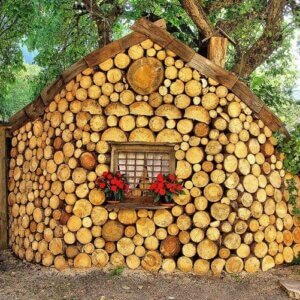
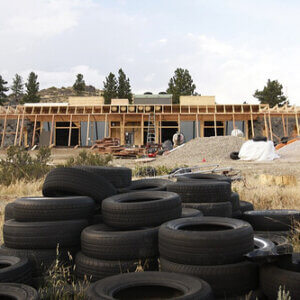

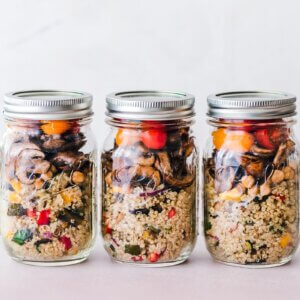




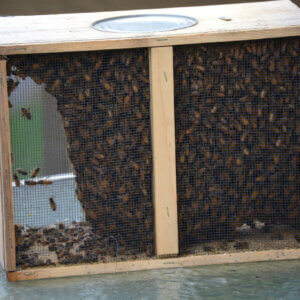
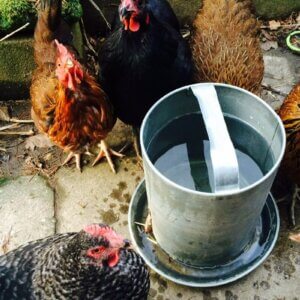

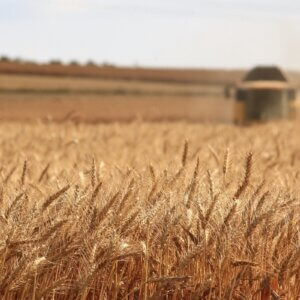

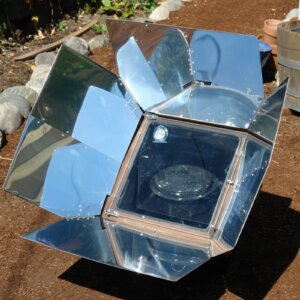

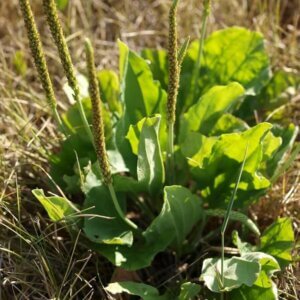
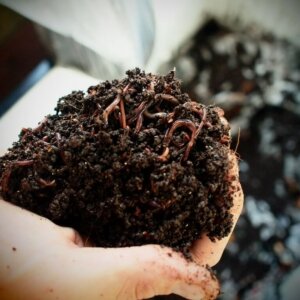


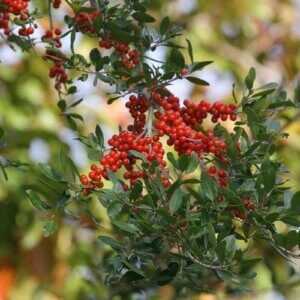
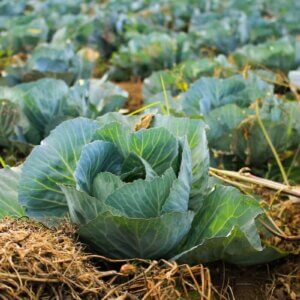


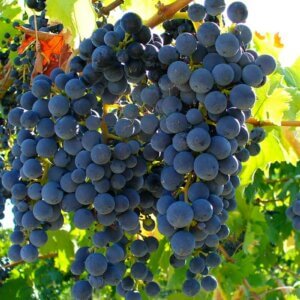
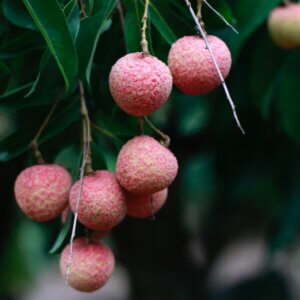
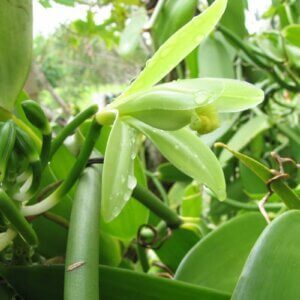

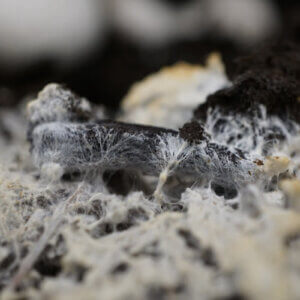


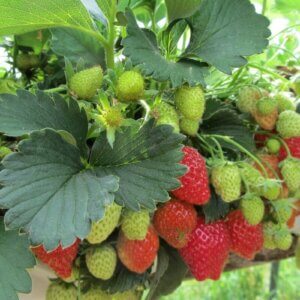
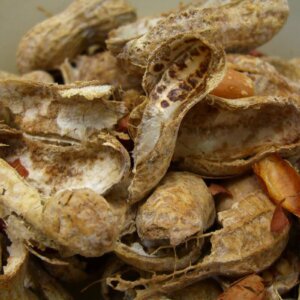


Leave a Reply